I thought that my clay turtles could also travel, and that while travelling they could carry with them the stories and knowledge shared by the people that had carried them. This idea is where the WiseSands project took its current shape: I give turtles to people that then spend some time with them and take them travelling until they find a location that they feel is the right one to leave the turtle for someone else to find.
This year the UN Ocean Decade conference is taking place in Barcelona, Catalunya. Apart from hosting ocean experts across the globe, the Catalan coasts are also graced by more and more sea turtles hatching there. Exciting as this might have seemed at the beginning, the reason for their presence is climate change- the shores and waters where they normally lay their eggs seem to be increasingly warm, so the turtles need to adapt. Mireia Bes Garcia illustrates the role of sea turtles with symbolic, ceramic sea turtles made from reclaimed clay as she describes below.
The WiseSands
In the last few years and because of the ecological crisis we are embedded in, I have started thinking a lot about the more than human and about how to give nature a voice. The reason I got interested in turtles was because in my region (Catalunya) turtles started coming to the beaches to lay their eggs. This sounded really exciting but talking with a friend who works with turtles I found out that actually the reason behind this change was climate change. Turtles were not coming because the conditions of our coastline had improved but because it was worse in other areas. The good news was that they are adapting, but the bad news was that this was due to the ecological crisis.
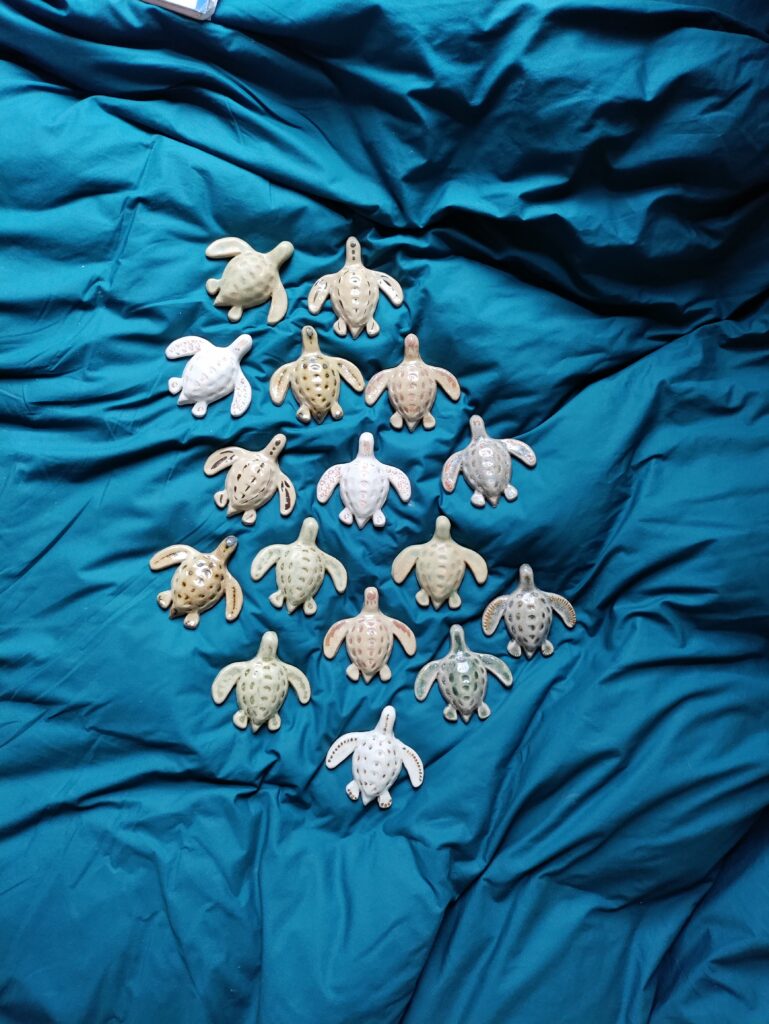
I started thinking and reading about turtles, and eventually I started making ceramic turtles out of reclaimed clay that Erika Faggiani, the technician at the art school collected from the sinks. The clay came from other projects that my course mates were working on and that was being discarded when they washed their tools, so it was clay with a memory, with the potential of having been something else, but that mixed together with other clays to create the turtles.
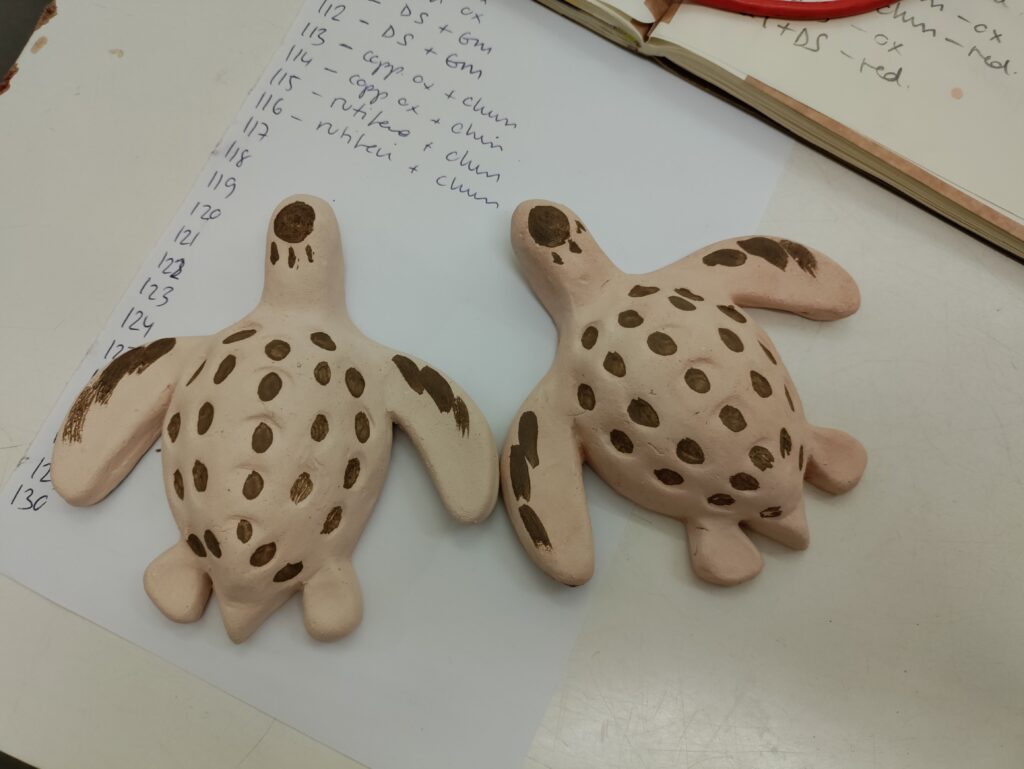
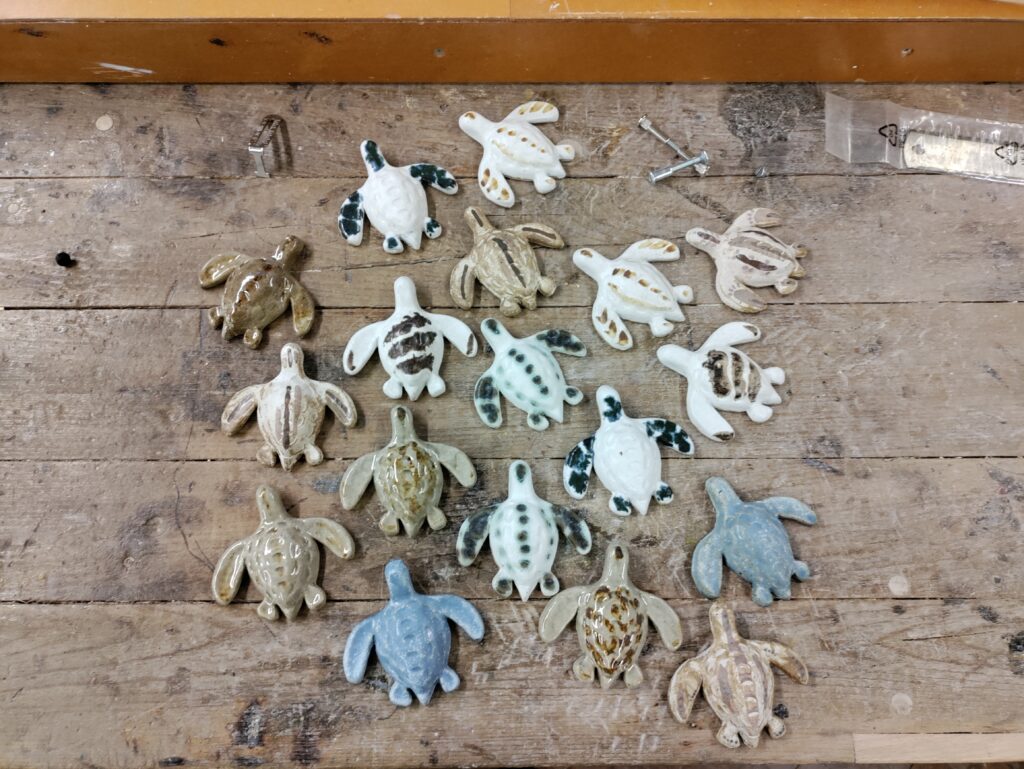
The turtles started to attract a lot of attention and lots of people kept asking about the turtles and what I was going to do with them.
I wanted people to think about turtles and about our relationship to nature and other beings, but I didn’t want to do it in a way that felt like I was just disseminating information, I wanted to create surprise and playful encounters and engage people in the process. Initially I wanted to bury them all together in the sand as a nest, for them to be found at some point, but the interest that everyone was showing for the turtles made me change the project to something more interactive and with more participation.
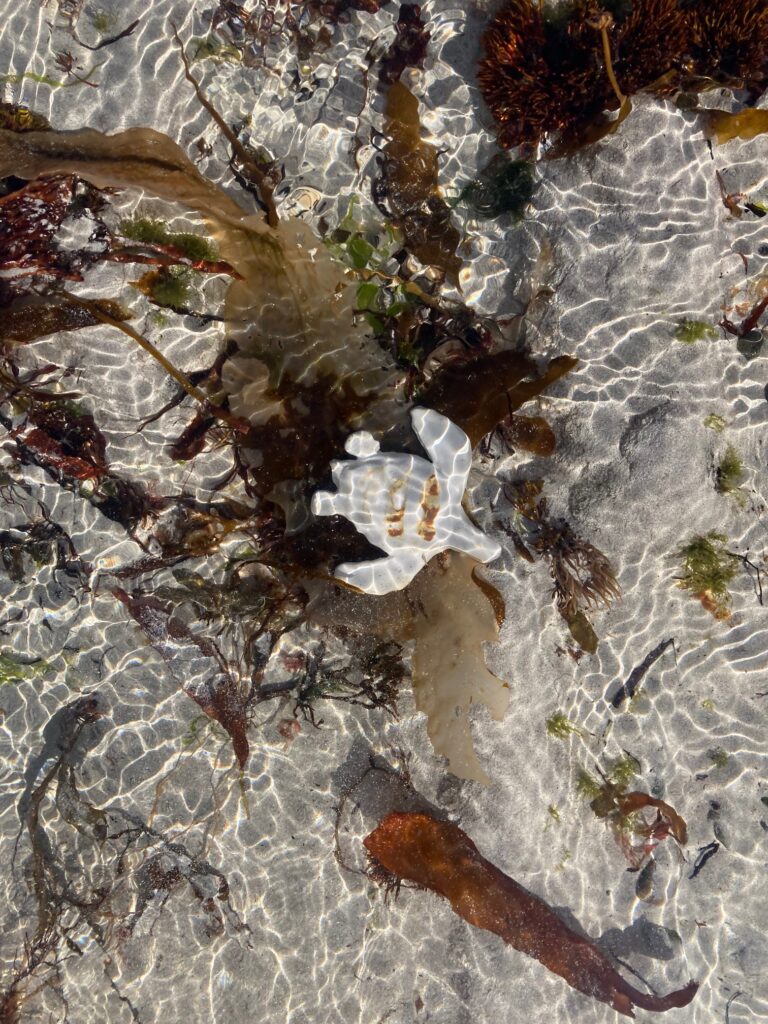
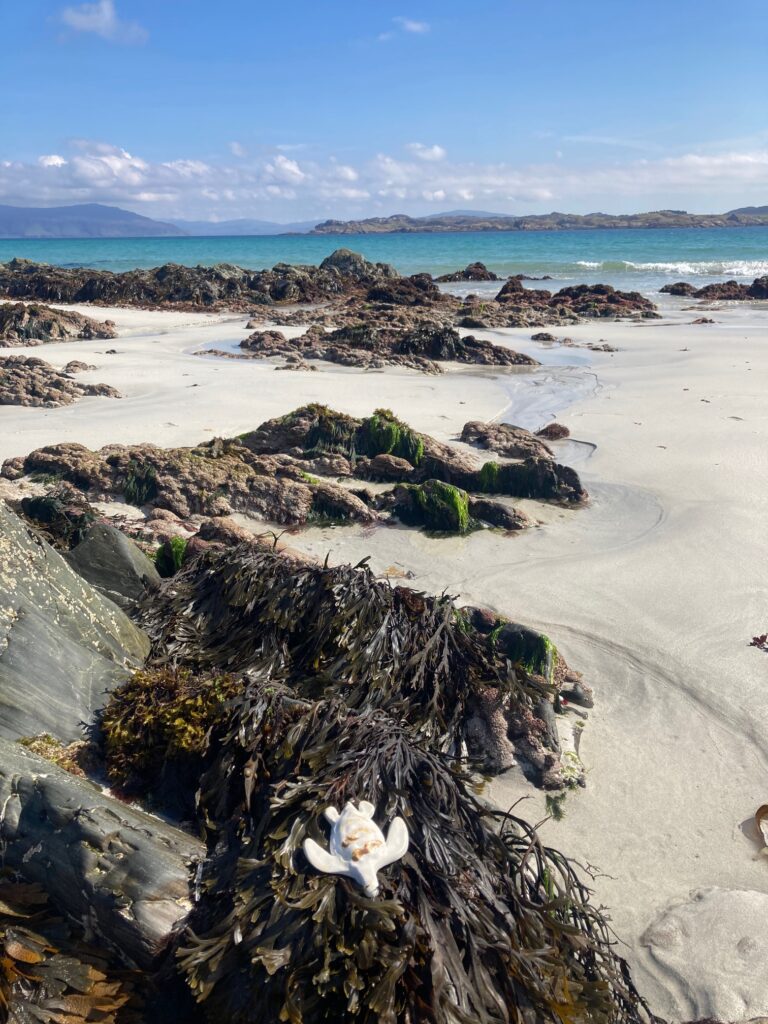
Turtles are very ancient beings. They traverse large oceanic distance, they are present in most of the oceans and on their travels they reach most of the continents. In some cultures, turtles are associated with wisdom and they are also part of lots of myths and creation stories.
I thought that my clay turtles could also travel, and that while travelling they could carry with them the stories and knowledge shared by the people that had carried them. This idea is where the WiseSands project took its current shape: I give turtles to people that then spend some time with them and take them travelling until they find a location that they feel is the right one to leave the turtle for someone else to find.
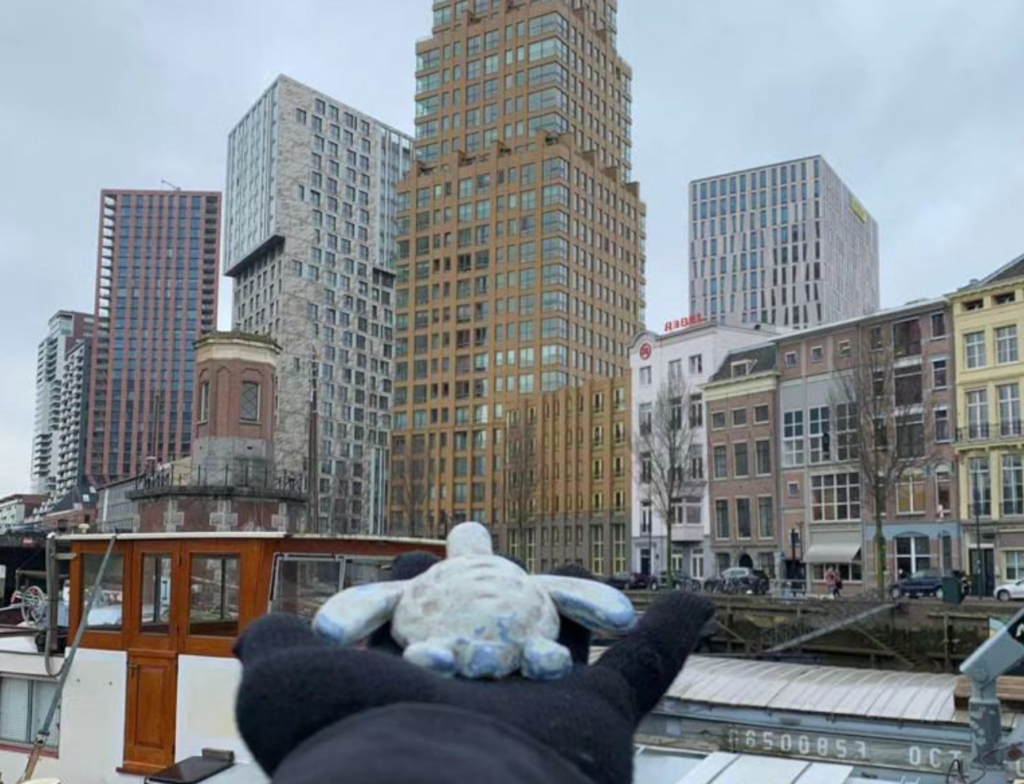
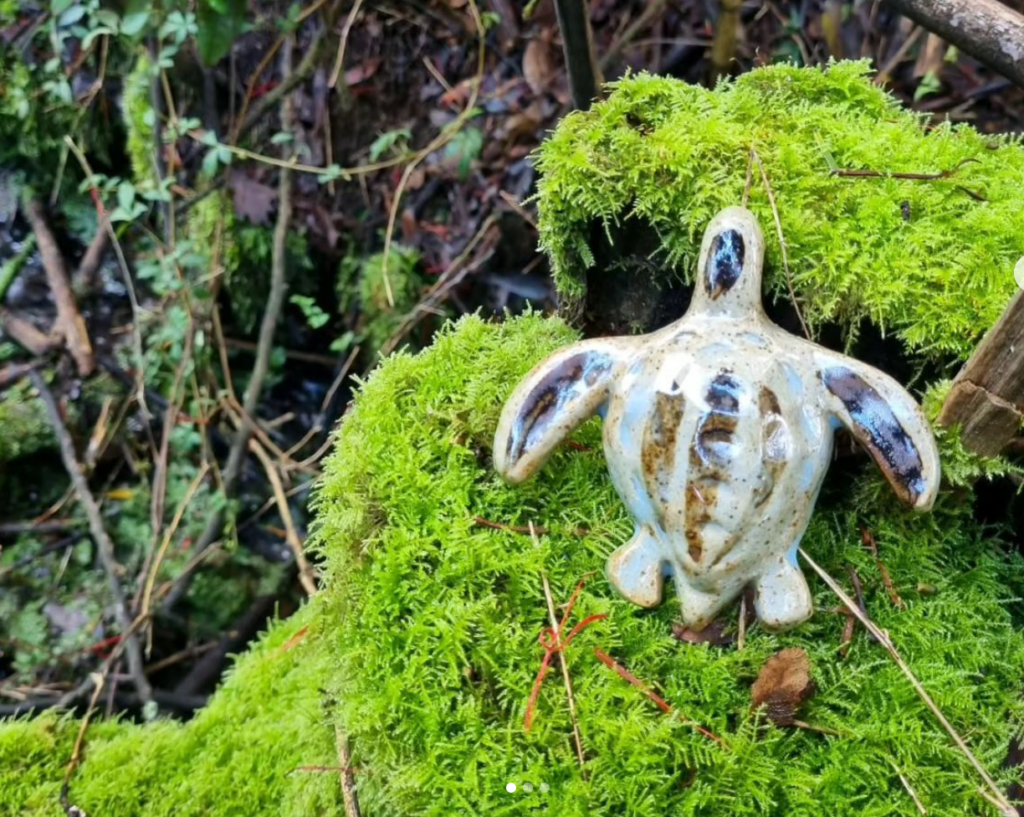
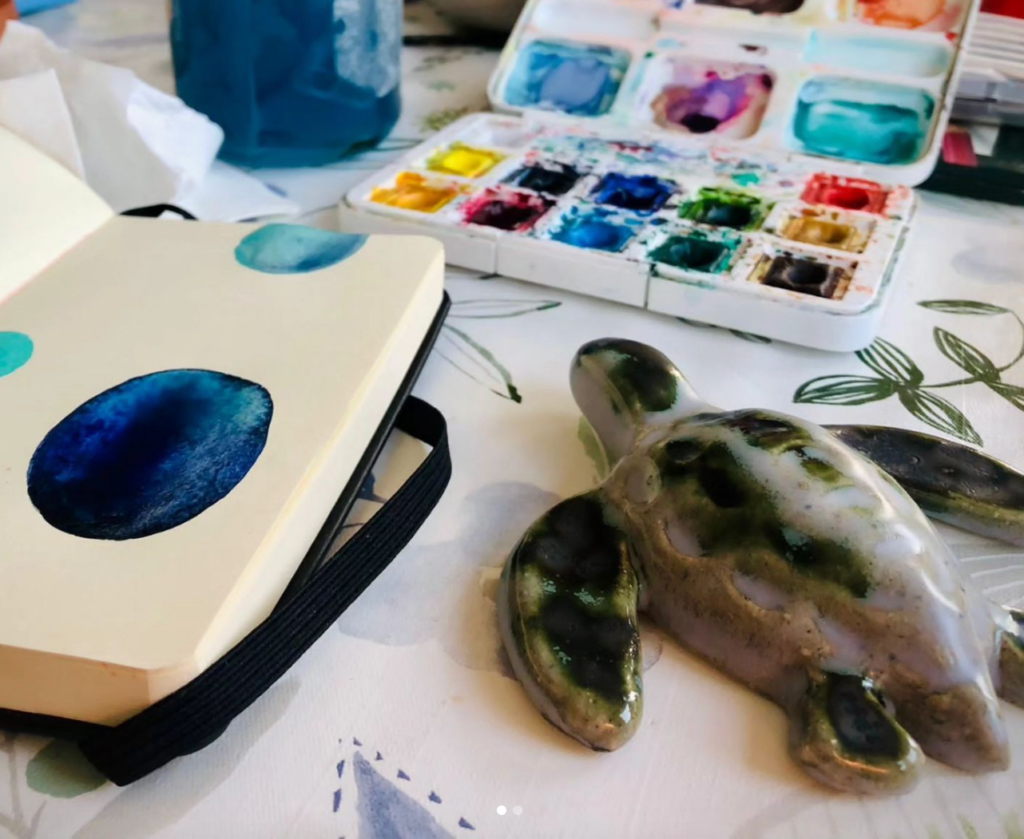
Some people have made prints of the turtles, some made photo shoots, the turtles have made children smile, and people have been sad to see them go. I have chatted with people I would have never chatted with if it was not because of the fact they found one of the turtles somewhere, and I have even received a piece of glass work as a present in return for the turtles. Turtles have travelled by plane, car, ferry, boat, hot air balloon, light aircraft
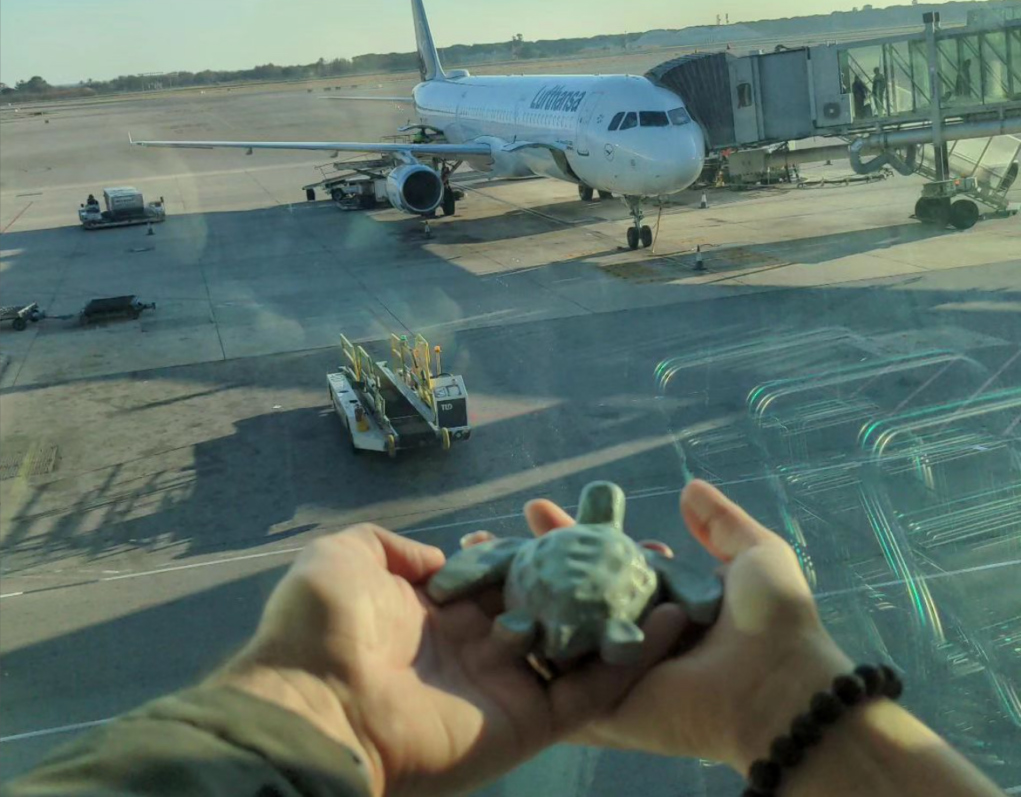
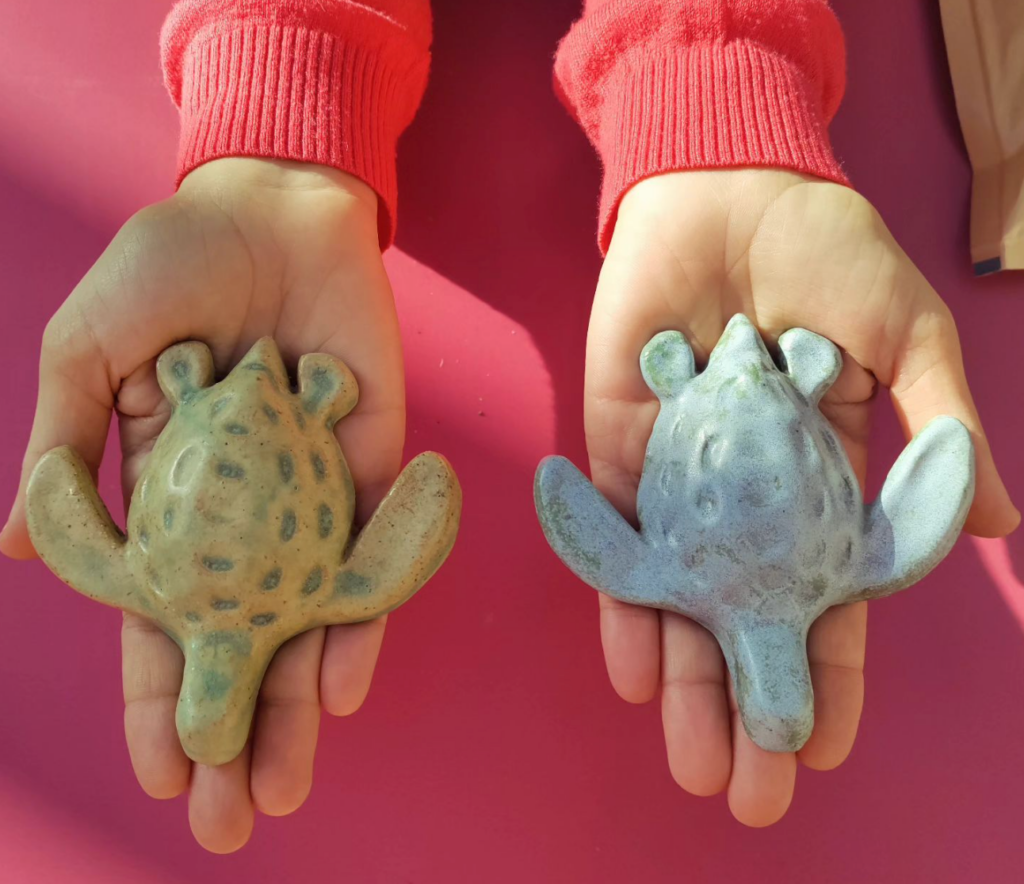
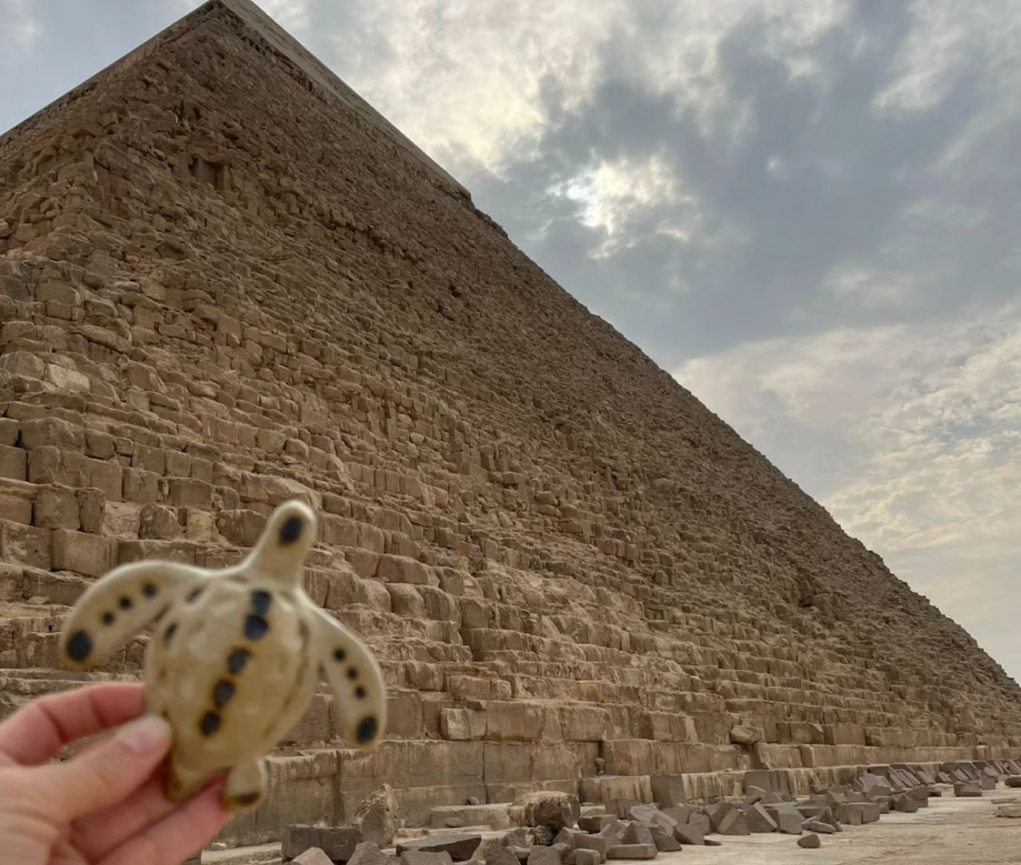
… and they have reached (so far) Nepal, Somalia, Chile, Bolivia, Australia, Japan, the Hebrides and many other places, sharing some wonderful landscapes around the planet and connecting very diverse people. Many of them ‘disappear’ as well: hopefully they are still a good surprise for the people that encounter them and will continue their travels at some point…
Follow @WiseSands on Instagram to discover the travels of the turtles across the globe…
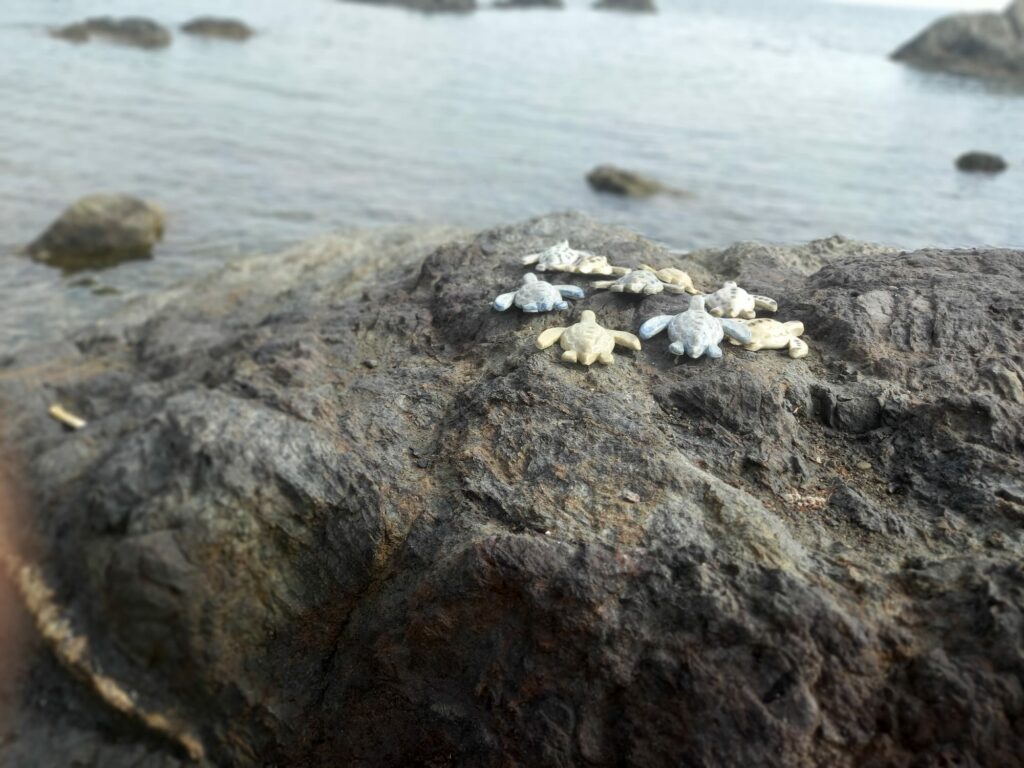
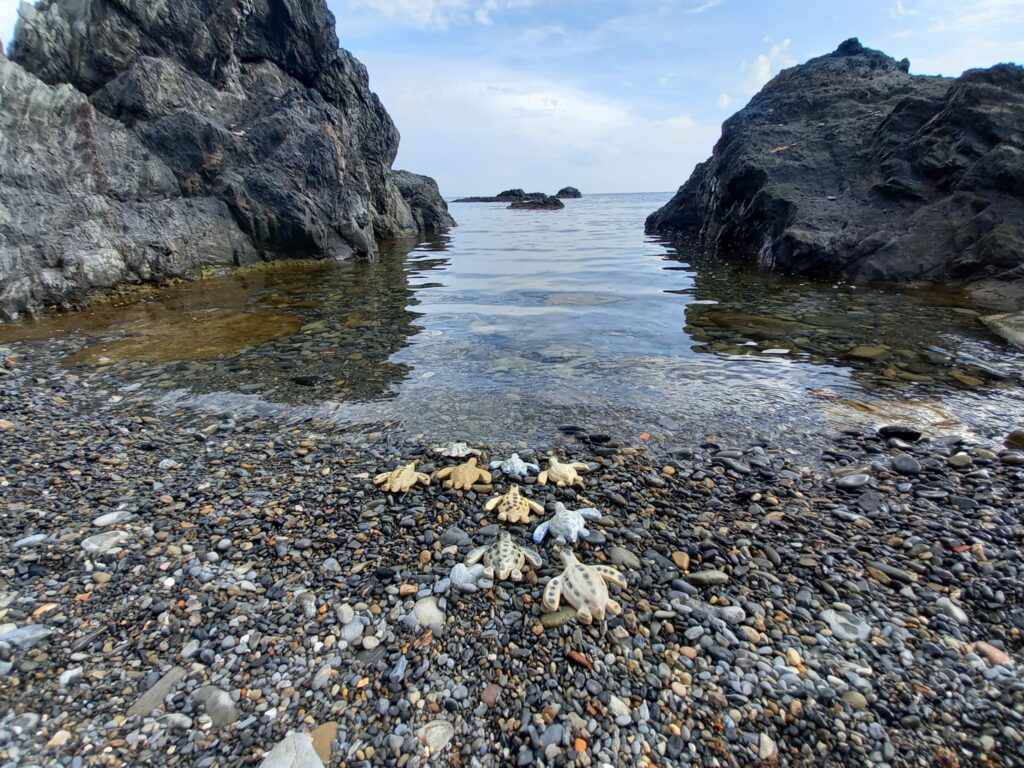
About the author
Mireia Bes i Garcia is a UK based public engagement professional and artist from Olot, a town surrounded by volcanoes close to the Pyrenees and the Mediterranean Sea. Her work centers around creating connections and spaces for knowledge sharing between communities and research. She is particularly interested in the role that the arts can play in creating those spaces and on the opportunities that it offers to work with researchers in a more reflexive and responsible way. At the moment, her thinking is focusing on our responsibility towards the environment and future generations and how to give them a voice in our work. Some of her recent projects include Resilience Through Nature (working with PhD students to develop a sense of purpose and agency to navigate the uncertainty of the environmental crisis, feeling more connected to nature and each other) and the Department of Imagination (working with artists to create spaces to foster imagination in the University context).